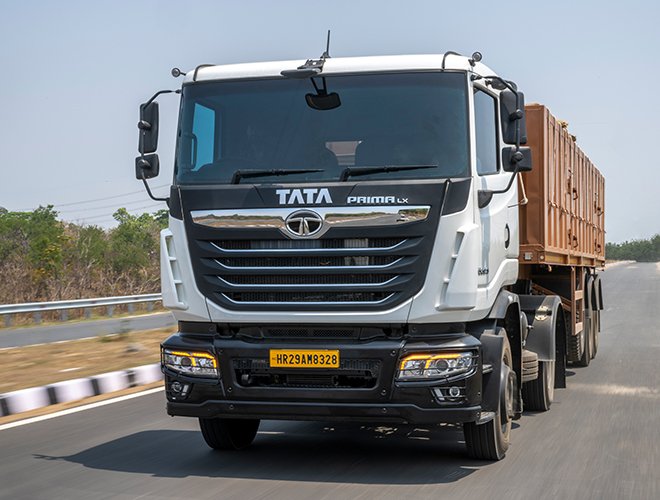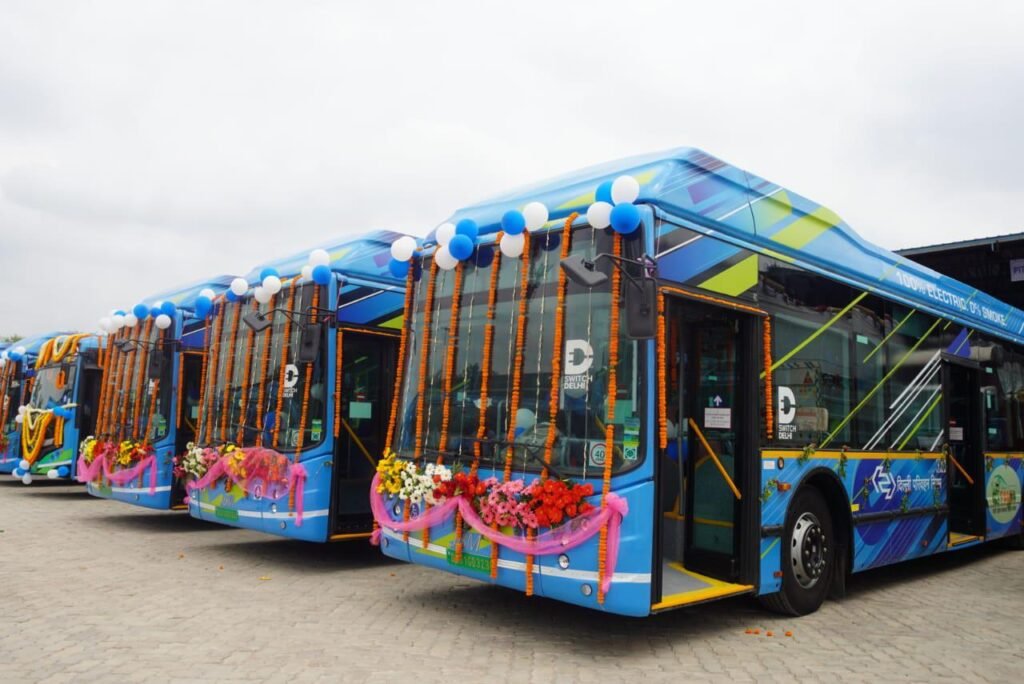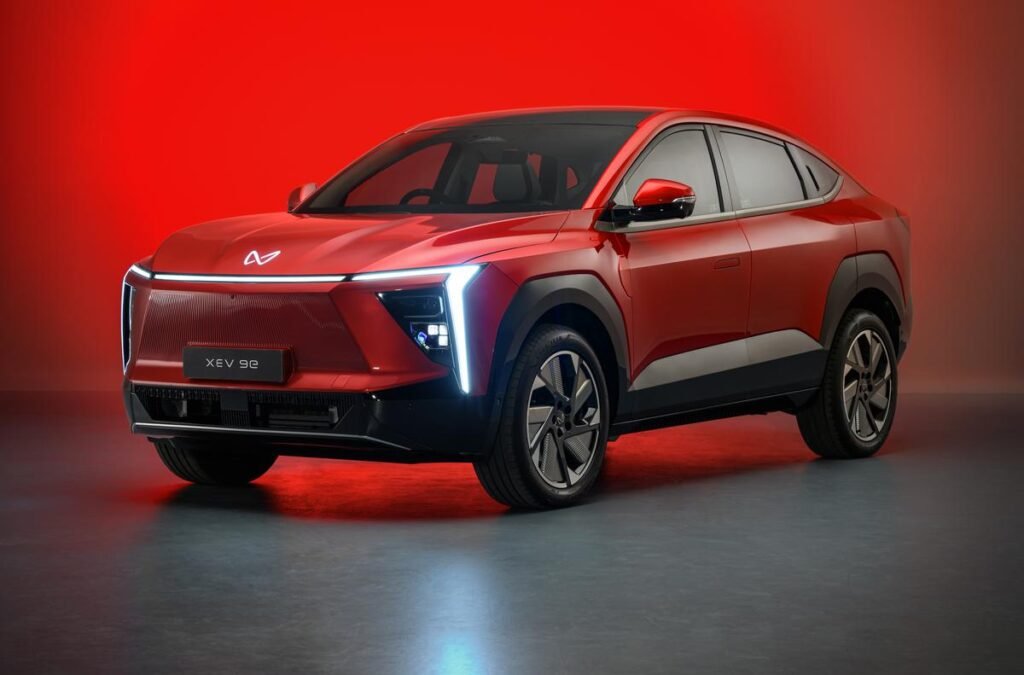In a bold step towards cleaner air, Delhi Chief Minister Rekha Gupta has unveiled the Air Pollution Mitigation Plan 2025, a transformative initiative aimed at tackling the capital’s longstanding air quality issues. A significant part of this plan includes stringent restrictions on commercial vehicle entries into the city, set to begin on November 1, 2025.
The key highlight of this regulation is that only commercial vehicles running on BS-VI-compliant diesel, Compressed Natural Gas (CNG), Liquefied Natural Gas (LNG), or electric power (EVs) will be permitted to enter Delhi. The plan represents a pivotal policy shift, underlining the government’s determination to implement permanent emission controls rather than seasonal or temporary measures.
Clear Deadline and Regulatory Intent
The November 2025 enforcement date has been confirmed across various government communications, reflecting a serious commitment to reform Delhi’s vehicular emissions landscape. By embedding this regulation within a long-term strategy, authorities aim to create systemic change and ensure greater compliance across all transport sectors.
The plan is a cornerstone of the city’s broader vision for a “clean, green, and healthy Delhi,” particularly targeting the alarming pollution spikes that occur during the winter months. This vehicle-related initiative complements the recently announced Delhi EV Policy 2.0, which targets 95% EV adoption by 2027.
Targeted Ban on Out-of-State Commercial Vehicles

One of the defining features of the new policy is that it exempts Delhi-registered commercial vehicles from the BS-VI, CNG, or EV mandate. This clearly indicates the government’s focus on external sources of pollution, specifically goods carriers from neighboring states. The impact will be immediate for Light, Medium, and Heavy Goods Vehicles entering Delhi without meeting the new standards, starting November 2025.
However, vehicles carrying essential goods will be allowed an additional grace period, with entry permitted until October 31, 2026, even if they do not comply with BS-VI norms. This staggered approach helps mitigate disruptions to critical supply chains while maintaining environmental objectives.
Public Transport to Follow a Year Later

The clean fuel mandate is also being extended to public buses entering Delhi. From November 1, 2026, all buses under school, institutional, tourist, or contract permits must operate on BS-VI diesel, CNG, or electric power. Buses already registered in Delhi are not subject to this new rule, again placing the primary responsibility on inter-state transport services.
This delay in implementation for public transport acknowledges the logistical challenges of transitioning large fleets and provides operators with additional time to adapt and upgrade their vehicles.
Strict Guidelines for App-based Fleets and Logistics
Further regulations will take effect from January 1, 2026, targeting app-based cab companies, e-commerce, and logistics operators. From that date onward, only electric or CNG-powered three-wheelers can be added to these fleets. Additionally, no new petrol or diesel-powered two- or four-wheelers (under 3.5 tonnes) will be permitted for induction into these commercial fleets.
However, existing Internal Combustion Engine (ICE) vehicles already in service are allowed to continue operating, offering a transitional cushion for operators.
Inter-State Coordination Urged for Broader Impact
Recognizing that air pollution transcends state borders, the Commission for Air Quality Management (CAQM) has called on neighboring states – Haryana, Uttar Pradesh, and Rajasthan to align with Delhi’s policies. High-density areas like Gurugram, Noida, Faridabad, Sonipat, and Ghaziabad have been urged to adopt similar measures to prevent the creation of “pollution havens.”
By pushing for uniform standards across the National Capital Region (NCR), Delhi hopes to multiply the environmental benefits and ensure the effectiveness of its own restrictions.
Summary of Key Regulations and Dates
To simplify the complex roll-out, here’s a breakdown of key categories and timelines:
| Vehicle Category | Fuel/Emission Standard | Effective Date | Key Exemptions |
|---|---|---|---|
| Commercial Goods Vehicles (All Types) | BS-VI, CNG, LNG, or EV | Nov 1, 2025 | Delhi-registered vehicles; Essential supplies allowed till Oct 31, 2026 |
| App-based Cabs, E-commerce, Logistics (New Additions) | Electric or CNG (3-wheelers); No new petrol/diesel for 2/4-wheelers (under 3.5T) | Jan 1, 2026 | Existing ICE fleet allowed to continue |
| Buses (All Permits) | BS-VI diesel, CNG, or Electric | Nov 1, 2026 | Buses registered in Delhi |
Massive EV Push Across Infrastructure and Government Fleet

The new emission norms are part of a broader Air Pollution Mitigation Plan, which also emphasizes an aggressive expansion of EV usage and charging infrastructure. Plans are in motion to install over 18,000 new EV charging stations at key locations like metro stations, malls, airports, and commercial hubs. The city also plans to electrify 80% of its government fleet and roll out 2,299 electric autos at metro stations to support last-mile connectivity.
Moreover, only electric vehicles will soon be allowed in environmentally sensitive areas, including forests and protected zones, in a phased manner. This builds on Delhi’s current milestone of 12% fleet electrification, with the aim of hitting 95% electrification by 2030.

